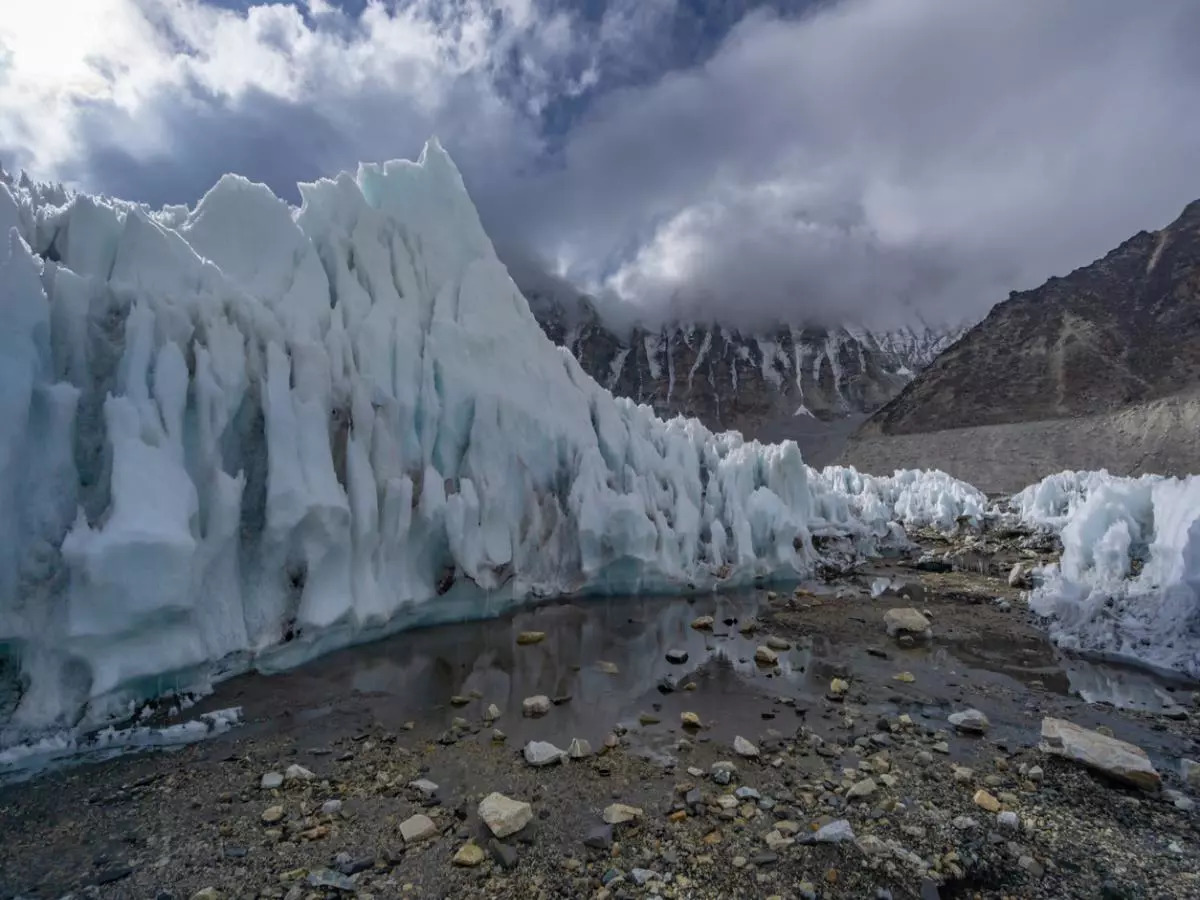
Venezuela may be the first country in modern history to lose all its glaciers after climate scientists downgraded its last one to an ice field.
The Humboldt, or La Corona, glacier in the Andes is the sole glacier left in the country of South America. According to the scientific advocacy group, International Cryosphere Climate Initiative (ICCI), it has shrunk to a size “too small to be classed as a glacier” stated on X.
Venezuela has lost at least six other glaciers in the last century.
Global sea levels are rising as a result of increased ice loss brought on by rising average global temperatures brought on by climate change.
According to Dr. Caroline Clason, a glaciologist at Durham University, told Newsround that “there hasn’t been much ice cover on the last Venezuelan glacier since the 2000s.Now it’s not being added to, so it has been reclassified as an ice field”
The glacier had receded from 450 hectares to just two in March, according to researchers at the University of Los Andes in Colombia, who told AFP.
Luis Daniel Llambi, an ecologist at the university, told the Guardian that it had now shrunk to less than that.
Although the US Geological Survey states that a generally accepted guideline is approximately 10 hectares, there is no worldwide standard for the minimum size of a body of ice that must be to be considered a glacier.
According to a 2020 research, the glacier may have shrunk to less than this between 2015 and 2016, although NASA nevertheless declared it to be Venezuela’s last glacier in 2018.
Dr.James Kirkham and Dr Miriam Jackson, glaciologists with the ICCI and the International Centre for Integrated Mountain Development respectively, explained that “glaciologists recognise a glacier as an ice mass that deforms under its own weight”.
The Venezuelan government stated in December that it was commencing on a project to cover the remaining ice with a thermal blanket in the hopes of stopping or reversing the thawing process.
However, local climate scientists objected to the decision, stating that the covering may pollute the surrounding ecosystem with plastic particles as it deteriorated (Spanish newspaper El Pais).
According to Professor Maslin, the melting of mountain glaciers is “not directly reversible,” since they require a sufficient amount of ice to reflect sunlight and maintain a cool atmosphere in order to survive the summer.
“Once a glacier’s gone, the sunlight heats the ground, makes it much warmer and makes it much less likely to actually build ice up over the summer,” he said.
Extreme weather expert Maximiliano Herrera stated on X/Twitter that Indonesia, Mexico, and Slovenia were the next nations most likely to lose their glaciers.
These proposed countries, according to Maslin, “make logical sense” because of their low-lying mountains and close proximity to the equator, which makes their ice caps more vulnerable to global warming.
“The warm zones are just expanding upwards and outwards with climate change,” he said, pushing the point at which snow and ice can form year-round higher.
Dr. Kirkham and Dr Jackson said: “The latest projections show that between 20 and 80% of glaciers globally will be lost by 2100 (with significant regional variation), depending on the emissions pathway followed.
Rapidly cutting CO2 emissions might rescue further glacial deposits, they claimed, “which will have enormous benefits for livelihoods, and energy, water, and food security, even though a portion of this loss is already locked in.”
